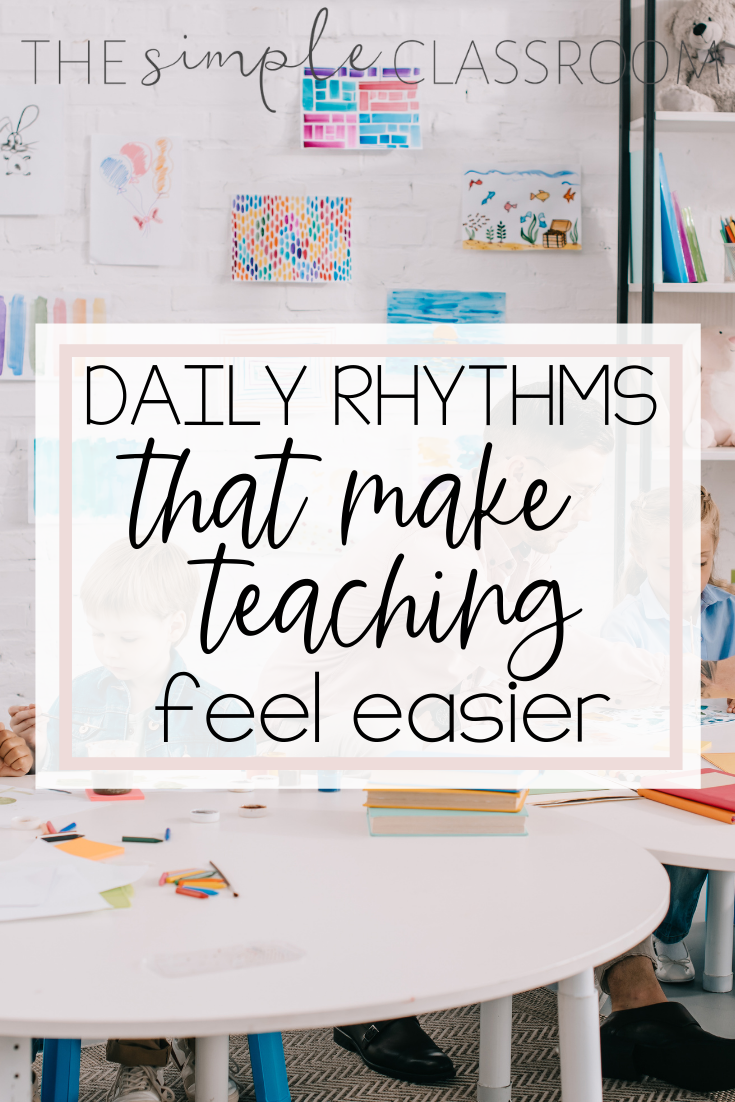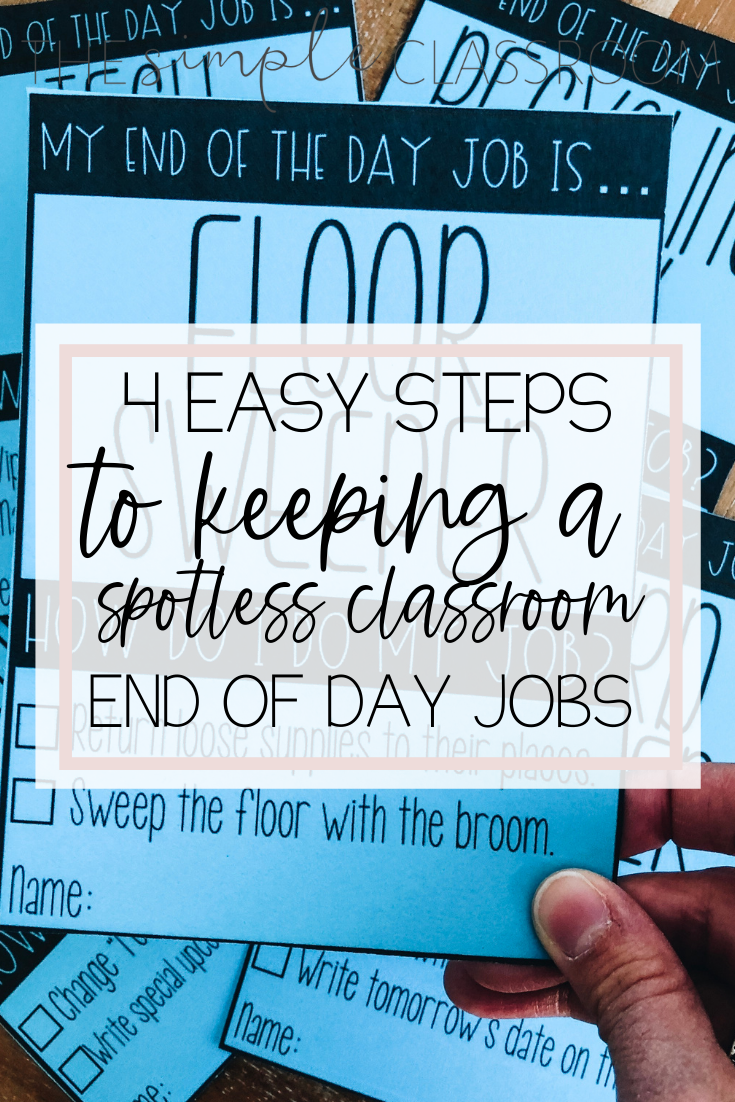6 Ways to Work Smarter and Not Harder this Year
Let me paint a quick picture for you of what I was like as a first, and second, (and half of third) year teacher. I was a young girl who was consistently:
Staying late at school for 2+ hours after the kids would leave, to prep things for the next day
Coming in 2+ hours before the kids arrived to review the things I had prepped and make sure they really were good, on the off-chance that my principal would do a walk-through
Crying on my way to school after long weekends or breaks
Spending large parts of planning time chatting with coworkers, in an attempt to avoid the work I knew needed to be done
Spending most of every weekend planning lessons for the next week
Does any of this strike a chord with you? This was a hard, ugly stretch of time in my life. Part of it was just the perils of the first few years of teaching, You spend too much time planning, because you don’t really know what a structured, well-paced lesson looks like yet. You’re scared of observations, because you don’t feel totally comfortable in your own skin yet. But, another part of it was my fault. This was a time where I was totally consumed by my work. Friendships and relationships of all kinds took the backseat.
In my third full year of teaching, I found out I was pregnant with my first baby. I thought about the lifestyle I was leading, and that little baby I was growing, and something in me just shifted. I started obsessively researching time management tactics, and ways to shift the responsibility to my students more, to take things off of my plate.
Now, that little baby is about to be 5 and start kindergarten. The last few years of teaching with babies at home was the most relaxed, easy-going teaching time of my life…and I had FAR less time to spend on it than I did before. I’m home now, until all these babies go to kindergarten. But just a couple of years ago, I was living an actual well-balanced teaching life. I want to share some things that I learned with you!
6 Ways to Work Smarter, Not Harder
Set timers. Use timers during planning, to contain how long you’ll spend on different tasks. Use timers for a daily clean-up time for your kids, and during transitions. Use timers when you’re checking email to contain how long you spend on it. I was a BIG timer-evangelist in the classroom, especially during planning time. I have a full post on this HERE.
Save classroom jobs for last. My end-of-day jobs have held their place as my store’s best-seller for going on two years now. This was the simplest shift I made in my classroom, but held the biggest impact. In short, you save classroom job assignments for the very end of the day, and every job is around some sort of clean-up task. Your entire classroom gets cloroxed, swept, straightened, and organized in the last 5-10 minutes of the day. You don’t have to maintain who is doing what job during the school hours, which is a win. But even better is you walk out the door with a sparkling, neat classroom each day…and you didn’t lift a finger. I went deep with this routine in this post, because teachers had so many questions!
Create centers that last for months. Following my best-selling product is my most-viewed blog post. The video here is a few years old now, but it’s still relevant! I’m big into using projects instead of centers, so you’re not taking time each week to swap out centers. That linked posts goes into how I did that in writing in detail. On top of that, I did the same with read-to-self, fluency (which was a read-to-someone time), and word work. Absolutely nothing needs to be made fresh week after week when it comes to centers.
Use a simple lesson plan template, and make sure it’s observation-ready. The lesson plan you create for your daily lessons should be short, and to the point. No one wants to spend hours of their life writing a single plan for one week. But, those short and to-the-point lessons should also hit all of the things that you know will teach your students well, and will help your soar through any walk-through. I have a template you can download for free by signing up below!
Build grading rhythms into your week. I have a list of daily rhythms that teachers can build into their school day, which I mention in my self-care blog post. One of those rhythms is grading time. I have a list of grading rhythms that you start implementing NOW to take a lot of the grading work off of your plate! These tips will place boundaries around grading time, while also giving the students a big chunk of the work.
Designate a spot for everything. Do this for yourself and for your students. What should they keep in their desk versus their cubbies? Where will you store student files? Where will you store copies for next week? Having a spot for every single thing you use will reduce the amount of random piles you have, messy desks your students have, and save you the time you spend searching for things. And here’s one more (sort of harsh) idea. If you find something that really doesn’t have a spot in your room, or you find a spot but learn that it doesn’t get touched for an entire year…it’s time to get rid of it.




